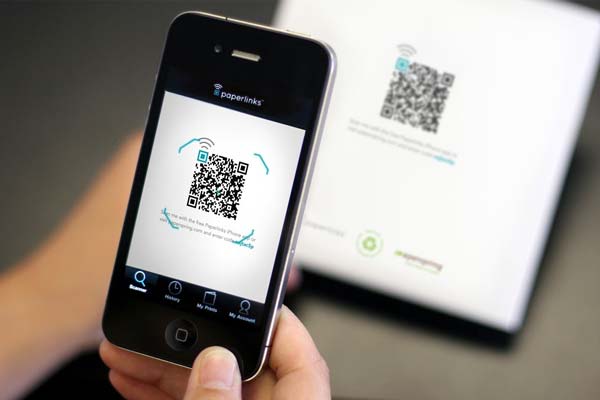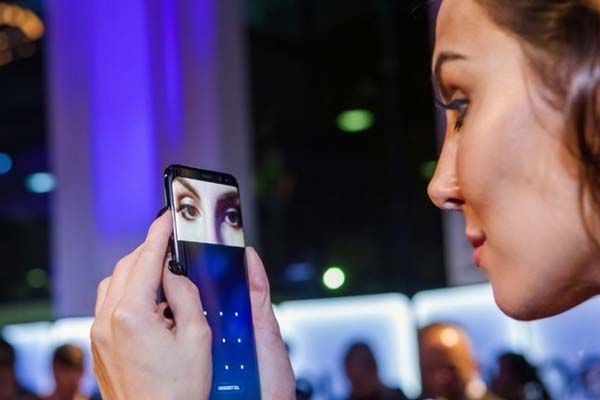We’ve seen a lot of advancements in mobile technology over the last few years. Just one decade ago, we were all used to mobile phones that were only able to perform basic tasks and install minor applications. Today, however, we can use our mobile phones for almost anything. In fact, some smartphone today allows you to play games that have better graphics than some console games. The 20th of September 2013 is also quite an important date for the world of mobile technology. This was the day when Apple launched the iPhone 5S, a smartphone equipped with a fingerprint scanner that only allows the person who’s fingers have been scanned by the built-in software to access vital information on their smartphone.
Since this advancement, we’ve seen a lot of other companies also equipping their smartphones with a similar technology that allows the owner of the device to unlock it by simply pressing their finger on the sensor. Today, the implementation of a fingerprint scanner in a mobile phone is old news. The latest trends are biometric sensors, such as the Iris Passport feature that is seen in many modern smartphones, such as the Microsoft Lumia 950 and the ZTE Grand S3. This technology allows the owner of the smartphone to unlock their device by scanning their eyes.
Samsung’s Face Recognition Technology
Once again, an advancement in the world of smartphone technology has been introduced – this time by Samsung. Samsung is known for releasing state-of-the-art smartphones that are always equipped with features that make using the smartphone a breeze. This time, the company has announced a brand new facial recognition technology that comes equipped with their latest smartphone, the Samsung Galaxy S8. This technology allows a person to unlock their smartphone without touching the screen and without focusing their eyes on a specific part of the screen. Instead, the software utilizes the latest technology in facial recognition to scan the user’s face and then determines if it matches the facial pattern that was scanned when the feature was initially configured. The use for Samsung’s new facial recognition technology goes far beyond the lock screen as this technology also allows developers to create more advance software – such as, for example, apps that would change the appearance of the user’s face.
Biometric Authentication With Mobile Payments

A feature that people have recently started to use excessively is the ability to pay for their order both online and in physical stores without having to swipe a card and without having to carry cash with them. A multitude of different mobile payment systems has been released that allows people to instantly pay for their order at shops by simply scanning a barcode or QR-Code, or by entering details of the vendor into the app and selecting “pay”. These systems have become so advance that they now generate custom QR-Codes based on the customer’s specific order. The customer then simply scans the QR-Code and pays for their order without any input from their site.
Biometric authentication systems have also been implemented into these mobile payment gateways to make mobile payments more secure and more convenient. By simply placing a finger on a sensor, customers are able to instantly pay for their order without having to enter passwords or any additional details, such as their shipping details, as the payment app already has the essential information and will provide these details to the vendor. Iris scanners have also been implemented into these payment apps to allow users to authenticate their purchase by scanning their eyes.
Samsung’s Facial Recognition Technology And Mobile Payments

Unfortunately, after Samsung revealed their new facial recognition technology, many people were disappointed to learn that this technology will not be implemented into their mobile payment apps any time soon. The technology would offer numerous benefits over the other primary biometric authentication systems. Unlike a fingerprint sensor, the user would not need to press any buttons or keep their fingers on a sensor to authenticate their payment, and unlike an iris scanner, the user would not be required to position their eyes still in a certain position to authenticate either. Instead, the facial recognition technology would be able to detect their face, compare it to the internal facial pattern that was stored previously, and then authenticate the payment.
The Korea Herald reports that a Samsung spokesperson explained that Samsung will not be implementing this feature as part of mobile payment solutions any time soon – or at least not in the next four years. He continued to explain that the technology still needs to be perfected in order to provide a better level of security to customers and to avoid any problems during payment.
You Make Also Like To Read: Samsung Galaxy X: Samsung’s Foldable Phone So Far
Conclusion
While fingerprint sensors and iris scanners have become old news by now, Samsung’s latest facial recognition technology has astonished the world and sparked a lot of interest. A lot of people who regularly use mobile payment systems combined with biometric authentication systems were hoping that this new technology would offer them a faster way to pay, but, unfortunately, Samsung announced that consumers should not expect the integration of this new technology into mobile payment solutions for at least four years.





